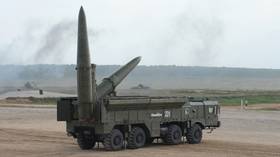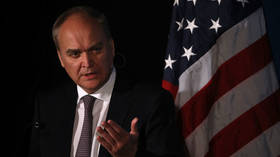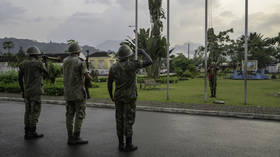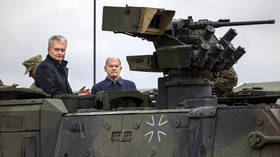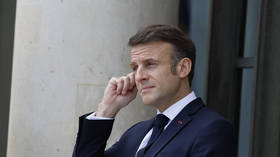Chinese banks sharply increasing market share in Russia – FT
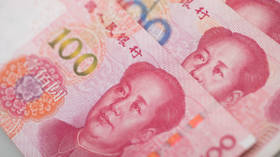
China’s exposure to the Russian banking sector quadrupled in the 14 months through March of this year, while Western institutions pulled back their operations in the country, the Financial Times reported on Sunday, citing data by the Kiev School of Economics.
According to the outlet, the Industrial and Commercial Bank of China, Bank of China, China Construction Bank and Agricultural Bank of China boosted their combined exposure to Russia from $2.2 billion to $9.7 billion during that period.
At the same time, the overall proportion of Russian banking assets held by foreign lenders shrank from 6.2% to 4.9% in the 14 months to March.
According to the report, the moves by the four Chinese banks, which are among the largest in the country, are part of Beijing’s efforts to promote the renminbi in the global financial market.
“The loans by Chinese banks to Russian banks and credit institutions, which are for the most part a case of the yuan taking the place of dollars and euros, show the sanctions are doing their job,” Andrey Onopriyenko, the deputy development director at the Kiev School of Economics, explained to FT.
The report noted that prior to the start of the military operation in Ukraine, the Chinese currency accounted for less than 1% of Russia’s export payments, while more than 60% were made in what Moscow now refers to as “toxic currencies,” such as the dollar and euro. However, since then the share of Western currencies has dropped to less than half of export payments, while the renminbi’s share has been steadily growing.
Russia has boosted its use of alternative currencies in transactions since last year. President Vladimir Putin has suggested that the Chinese yuan should be used more widely, not only in trade with China, but also in Russia’s transactions with countries in Africa and Latin America. The latest data from the Bank of Russia shows that the yuan has become a major player in Russia’s foreign trade.
For more stories on economy & finance visit RT's business section


